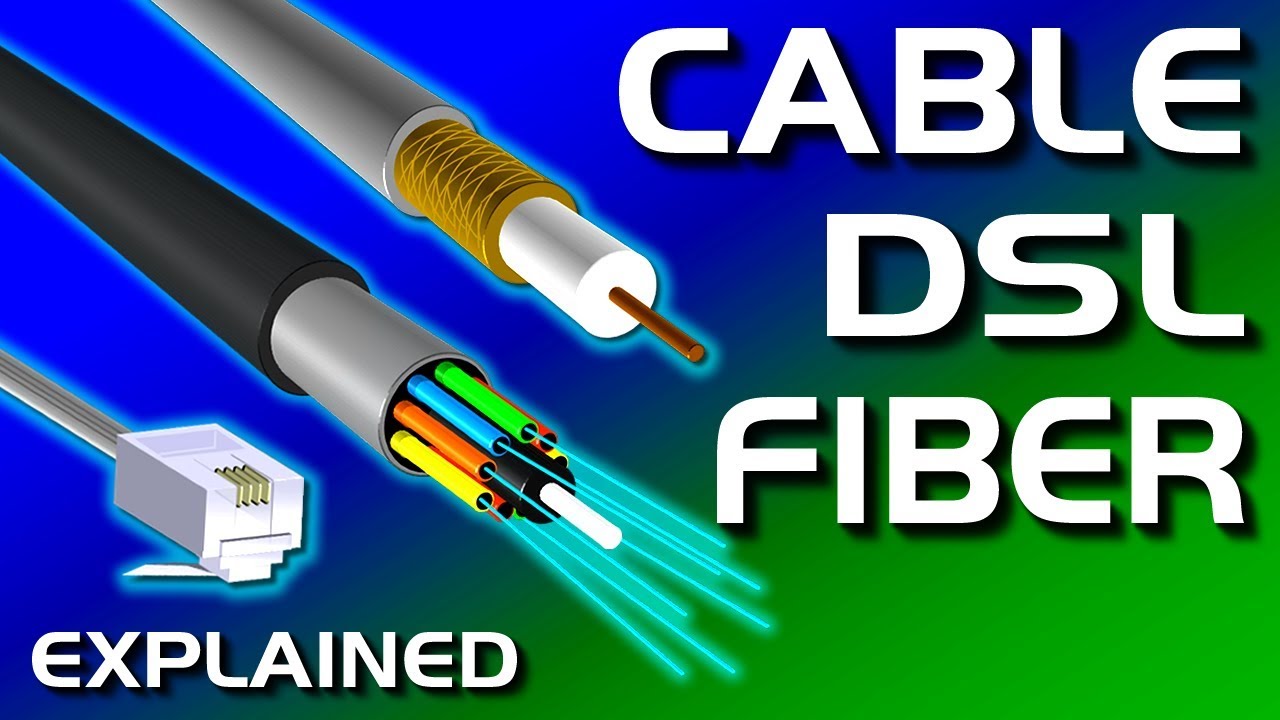If you're a TV enthusiast, you've probably heard about the latest advancements in HDTV technology. Not only has the quality of programming significantly improved, but the experience itself has been revolutionized. Gone are the days of watching your favorite shows and movies in standard definition - today's HDTVs offer a whole new level of immersion. In this article, we'll explore the latest advancements in HDTV technology and how they enhance the viewing experience for users.
What is HDTV?
Before we dive into the advancements, let's first establish what HDTV actually is. HDTV stands for high-definition television, which is a type of television that broadcasts at a higher resolution than standard definition (SD) television. The difference in picture quality is immediately noticeable - HDTVs offer sharper and more detailed images, with better color accuracy and contrast. The higher resolution also means that you can sit closer to the TV without losing quality.
The Evolution of HDTV Technology
Since the introduction of HDTV in the early 2000s, the technology has continued to evolve at a rapid pace. Here are some of the latest advancements that you should know about:
- 4K and 8K Resolution: While HDTVs offer a resolution of 1080p, 4K HDTVs offer four times the resolution at 2160p. 8K HDTVs go even further, with a resolution of 4320p. This means even more detail and realism in every image.
- High Dynamic Range (HDR): HDR allows for a wider range of colors and brightness levels, resulting in a more lifelike image. This technology is especially noticeable in scenes with bright lights or deep shadows.
- Smart TV: Smart TVs are equipped with internet connectivity and built-in apps, allowing you to stream content from various sources (like Netflix or Hulu) without having to switch devices.
- OLED and QLED: OLED and QLED are two types of display technology that offer better contrast, deeper blacks, and wider viewing angles. OLED uses organic compounds to create individual pixels that emit light, while QLED uses quantum dots.
- Curved Screens: Curved screens aim to provide a more immersive experience by wrapping around the viewer's field of vision. While some people find them uncomfortable, others swear by their ability to make the viewer feel more 'in the action'.
Why You Should Invest in HDTV
So, why should you upgrade to HDTV? Aside from the obvious increase in picture quality, there are a few other benefits to consider:
- Improved Viewing Experience: With HDTVs, you'll notice a significant improvement in picture quality that makes for a more enjoyable viewing experience. Whether you're watching your favorite show, playing video games, or streaming movies - everything just looks better.
- Localized Viewing Options: Thanks to cable providers like Xfinity and DirecTV, HDTV programming is widely available across the United States. You can enjoy high-quality programming like never before, with the ability to link specific programs to their respective locations within the USA.
- More Content Options: With streaming services like Amazon Prime, Netflix, and Disney+, the amount of high-quality content available is almost inexhaustible. HDTV allows you to take full advantage of these services and get the most out of your viewing experience.
- Investment in Quality Entertainment: Ultimately, upgrading to HDTV is an investment in the quality of your entertainment. Sure, it may be a bit more expensive than standard definition TV, but the benefits are undeniable. Plus, with the pace of technology advancements, it's likely that HDTV will soon become the norm - so why not get ahead of the curve?
Don't Miss Out on High-Quality Programming
Finally, it's important to note that in order to get the most out of your HDTV, you'll need to subscribe to an HDTV cable service. Without it, you'll be missing out on full HDTV programming and won't be able to reap the benefits discussed above. Luckily, most cable providers offer HDTV bundles that include all of your favorite channels and programming.
Some of our favorite high-quality programming options to look out for include:
- HBO: HBO offers critically acclaimed series like Game of Thrones, Westworld, and Big Little Lies, as well as blockbuster movies and documentaries.
- ESPN: For sports fans, ESPN offers a wide range of live games and sporting events, as well as in-depth analysis and commentary from experts.
- Discover: From Shark Week to Deadliest Catch, Discovery Channel offers an endless array of educational and entertaining programming for all ages.
- National Geographic: National Geographic's programming is perfect for nature lovers, featuring stunning documentaries about the planet, wildlife, and culture.
At the end of the day, upgrading to HDTV is an investment in the quality of your entertainment. With advancements like 4K resolution, high dynamic range, smart TV technology, OLED and QLED displays, and more - there's never been a better time to make the transition. And, with localized viewing options available across the United States, there's no reason not to.







